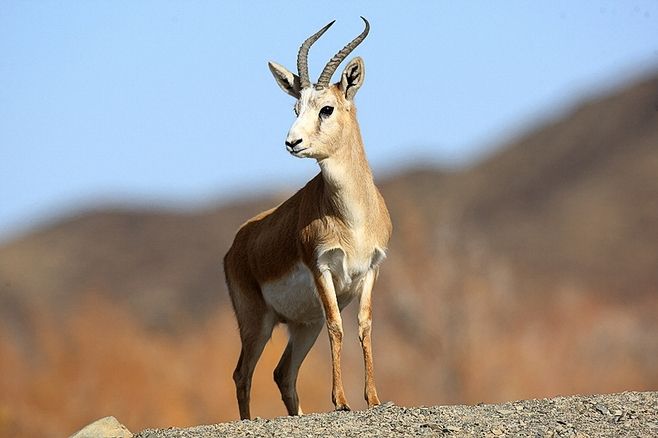
Gazella subgutturosa
Antelope, gazelle, goitered gazelle, long-tailed gazelle
The goitered gazelle is a typical animal that lives in desert and semi-deser···
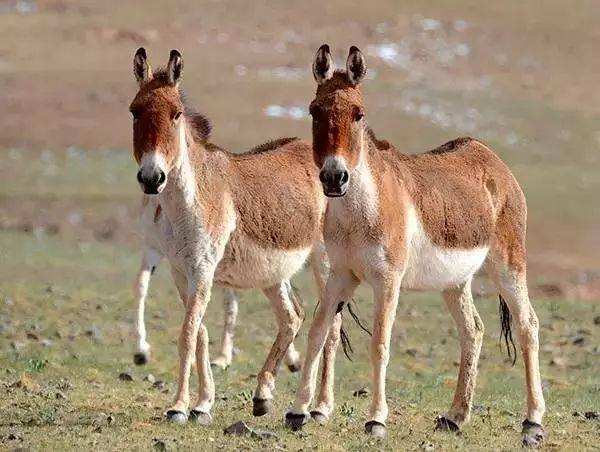
Equus kiang
Tibetan donkey, wild horse
The Tibetan wild donkey is a unique animal on the Qinghai-Tibet Plateau. It ···
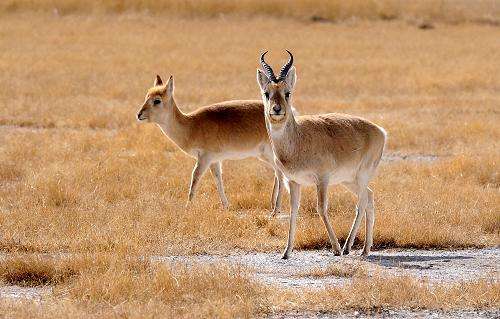
Procapra przewalskii
Yellow sheep, beach yellow sheep, beach gazelle, horned gazelle
In 1875, Russian naturalist Przewalski discovered this animal unique to Chin···
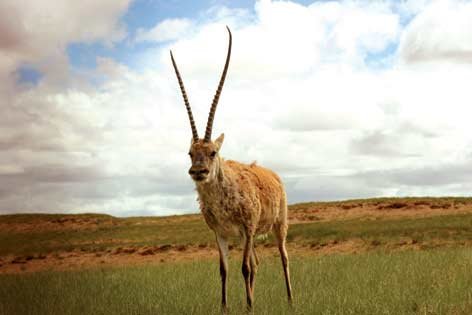
Pantholops hodgsonii
Tibetan antelope, long-horned sheep
In the 2008 Beijing Olympic Games, the mascot Fuwa Yingying is a cute Tibeta···
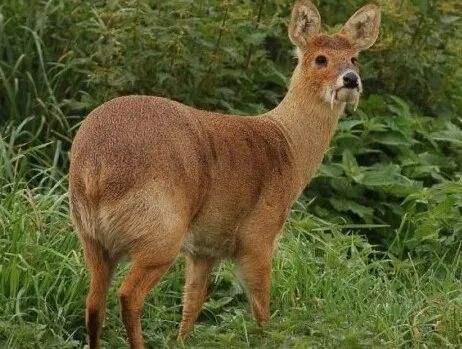
Moschus chrysogaster
Musk deer, musk deer, mountain musk deer
I have heard that musk deer are the best medicine in the world. As long as m···
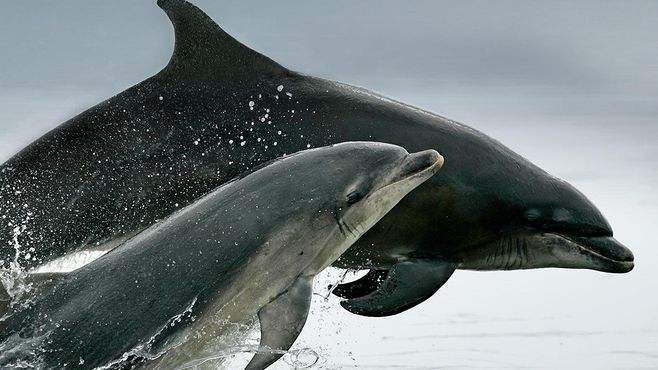
Tursiops aduncus
Southern bottlenose dolphin, Southern bottlenose dolphin, Southern dolphin, Indian Ocean bottlenose dolphin, Eastern bottlenose dolphin
The Indo-Pacific bottlenose dolphin has a short and thick beak that resemble···
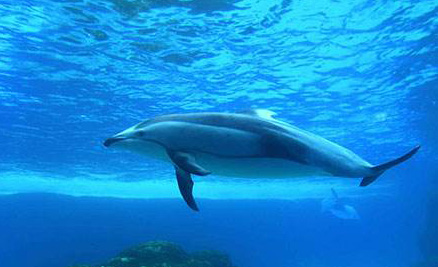
Lagenorhynchus obliquidens
Pacific spotted dolphin, sickle-finned dolphin, Pacific white-sided dolphin, slow-moving dolphin, Pacific striped dolphin, white-striped dolphin, Pacific white-sided dolphin
Pacific spotted dolphins are very active and expressive, creating large clou···
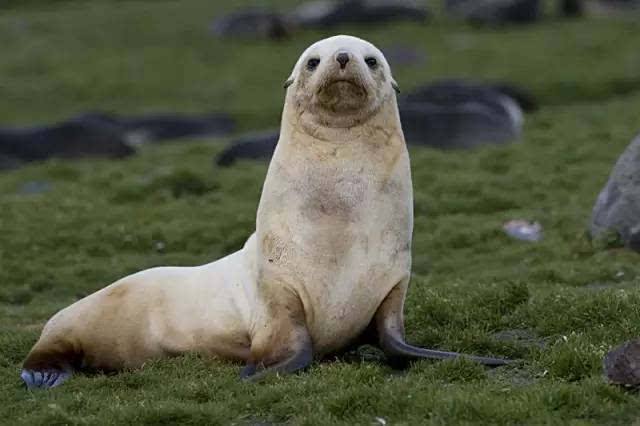
Arctocephalus australis
Sea lion, South American seal
The fur of the South American Fur seal is dark gray.Females and most immatur···
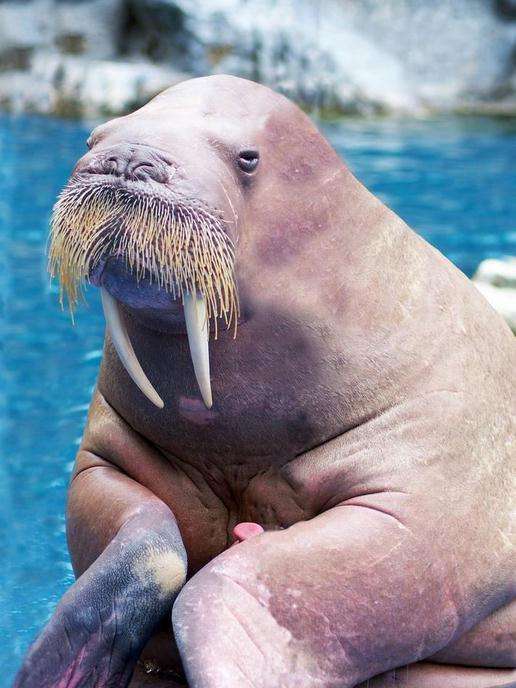
Odobenus rosmarus
Walrus, Seahorse
Walrus, as the name suggests, is the elephant in the sea. It has a huge body···
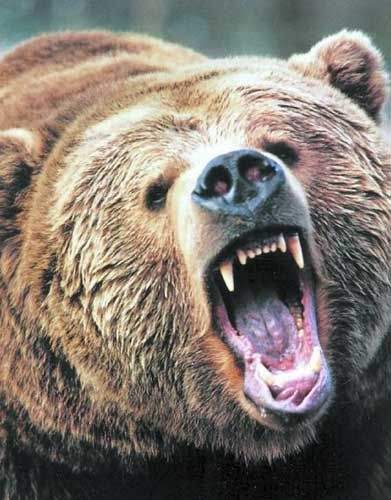
Ursus arctos
Brown bear, Grizzly bear
Brown bears are sometimes called "bruin" from Middle English. The ···
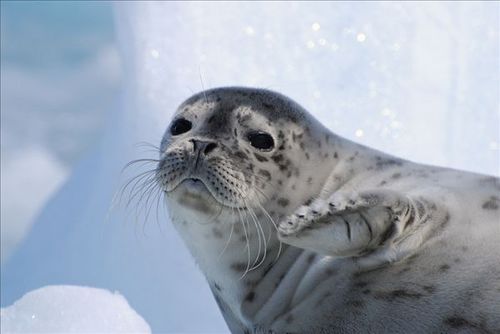
Phoca largha
Harbor seal, seal, fur seal, fur seal, western Pacific harbor seal
Sometimes they look out of the water, sometimes they dive for food, and some···
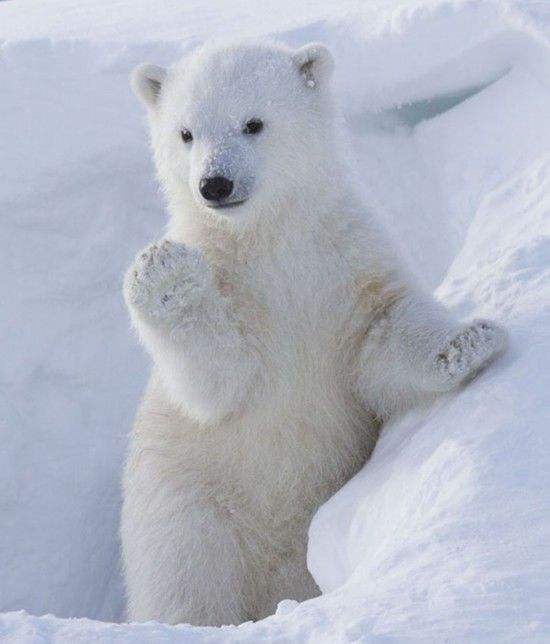
Polar Bear
Ursus maritimus,White bear, sea bear, ice bear
Polar bears are such good swimmers that they were once thought to be marine ···

Aonyx cinerea
Small-clawed otter, Oil otter, Oriental small-clawed otter
On October 10, 2016, a cute creature quickly became famous all over the worl···
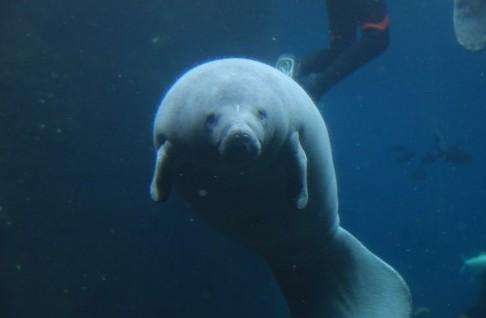
Trichechus senegalensis
African manatee,African manatee, Seacow,Lamantin d'Afrique, Lamantin du Sénégal,Manatí de Senegal
The West African manatee (Trichechus senegalensis, African manatee) is a spe···
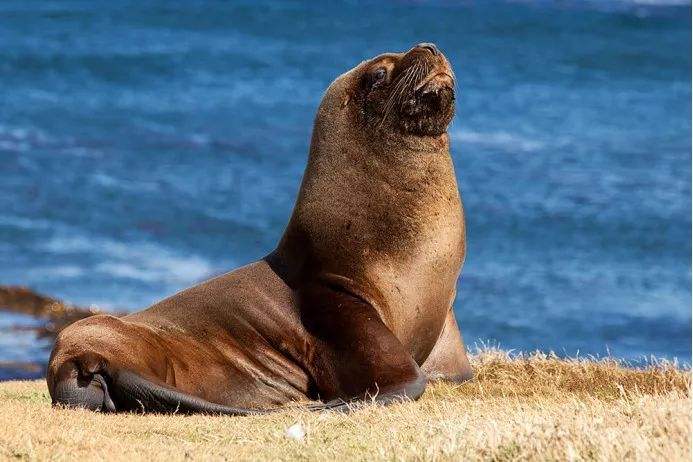
Arctocephalus australis
South American sea lion, southern sea lion, maned seal, South American fur seal
There are about 14 species of sea lions in the world, of which the South Ame···
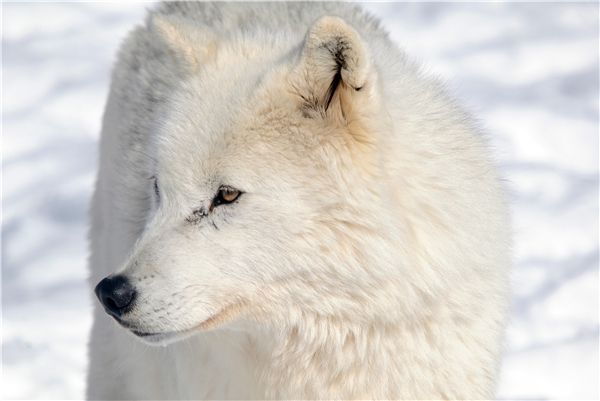
Arctic wolf
Canis lupus arctos, white wolf, snow wolf
Among the animals living in the Arctic, polar bears and Arctic foxes are ver···
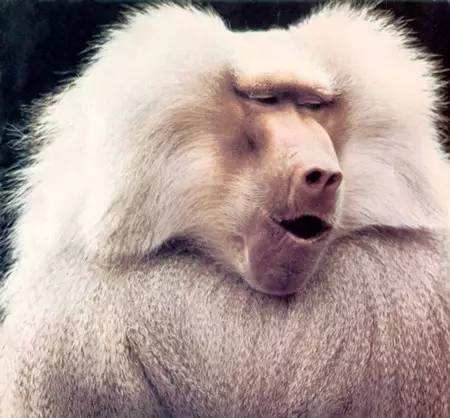
Papio hamadryas
Hamadryas baboon, Egyptian baboon, dog-headed monkey
If the monkey world were to hold a "beauty pageant", the Arabian b···
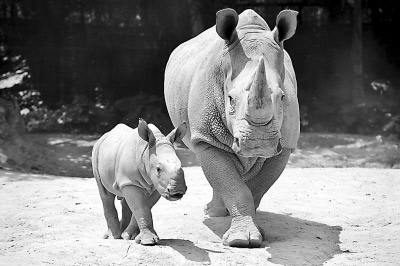
Ceratotherium simum
White rhino, square-nosed rhino, broad-nosed rhino
The white rhino is not white. In fact, the body color of the white rhino is ···
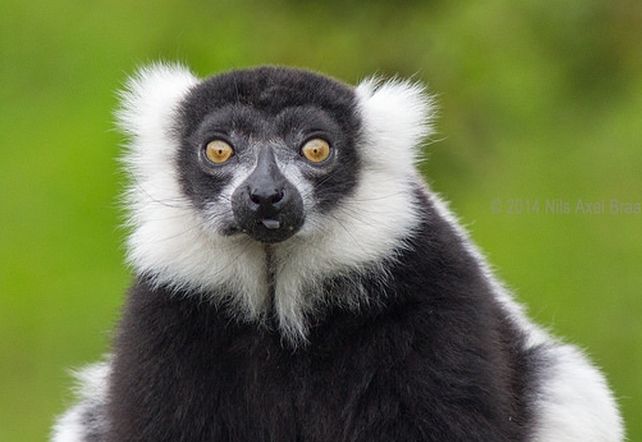
Varecia variegata
Black and white collared lemur, hairy lemur, spotted lemur, collared lemur
The black-and-white ruffed lemur is actually very special. They are the repr···
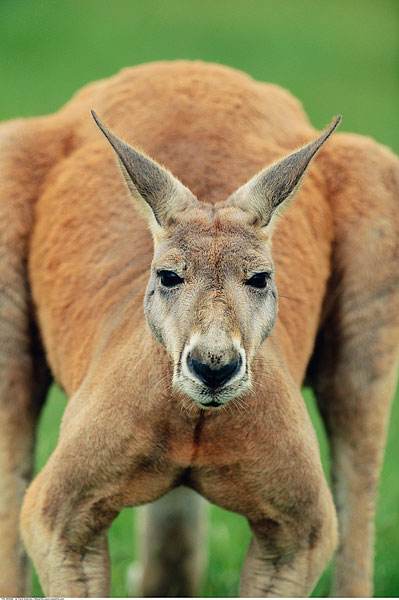
Macropus rufus
red kangaroo, kangaroo, red kangaroo, big red kangaroo, red kangaroo
The common large kangaroo is called the red kangaroo, which is also the most···
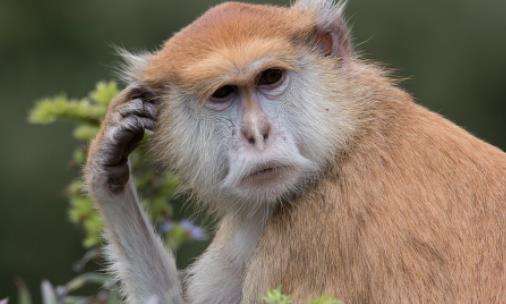
Erythrocebus patas
Red monkey, African golden monkey
One thing that makes red monkeys different from other monkeys is that they g···
